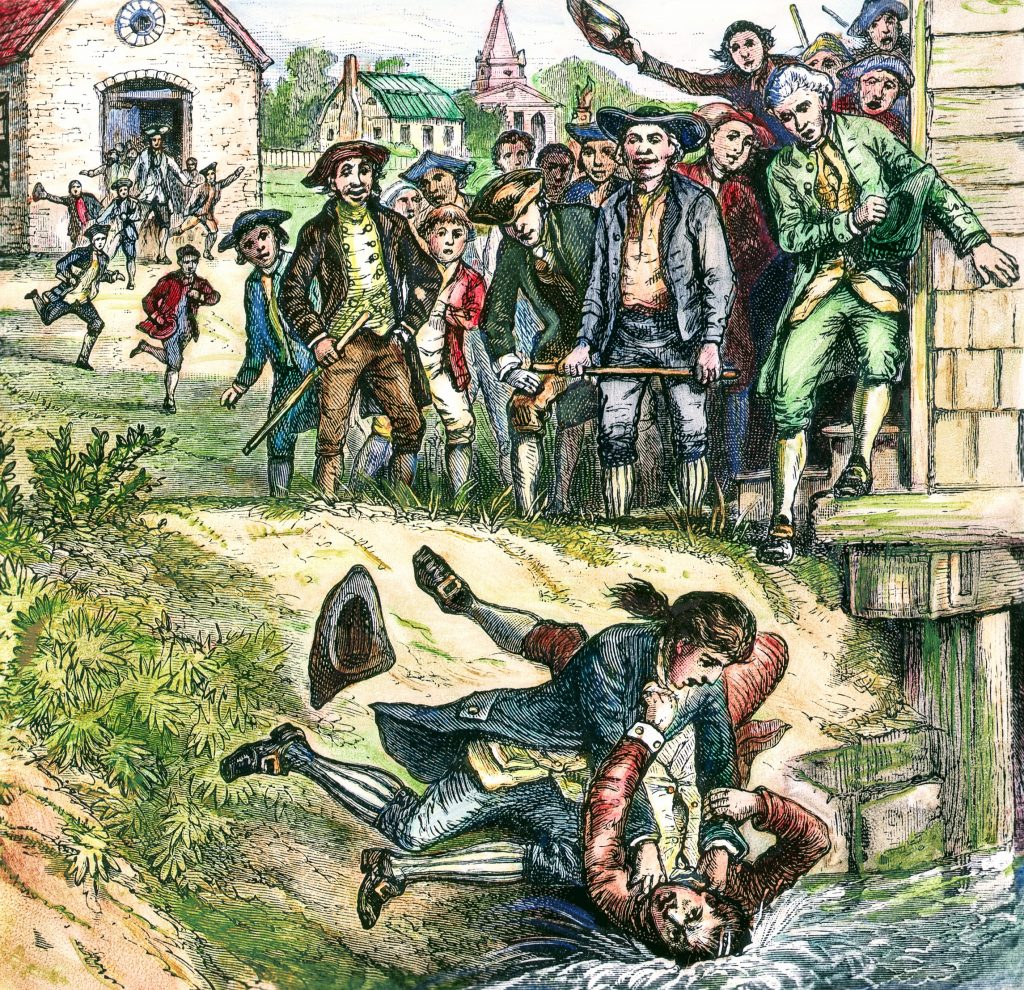Don’t Reject America’s History – It Gives Us Hope
December 24, 2020

by Jeffrey Sikkenga, Ashbrook Executive Director
Originally published in the Columbus Dispatch
Deep political differences. Economic disruption. Civil unrest. A sense that America may be coming apart.
2020? Actually, the year was 1786. America was only ten years old, but already some people were saying that our “experiment” in self-government, as James Madison called it, had failed.

States squabbled with other states. The economy had tanked. And there was an armed uprising in western Massachusetts. After just a few years under the Articles of Confederation, many people had given up on our experiment in self-government.
But not Madison, Alexander Hamilton, and some other statesmen. They met at Annapolis, Maryland to discuss how to keep the new country together and make it flourish. They agreed that America needed a more effective central government.
Most importantly, statesmen like Madison knew that Americans needed remember the history and principles that bind us together as “one people,” as the Declaration of Independence puts it. Americans needed to remember what makes them Americans.
We need to do the same today. Yes, we have real problems. The coronavirus has done terrible harm to our country. We have to climb out of a deep economic hole. And yes, there is serious social unrest.
As we face these current challenges, we cannot turn our backs on the past, however.
Rather than reject our history we need to understand it—and understand the people who made it and why they made the decisions they made. We need to learn from them—good and bad—not turn away from them.
When we look back at tough years like 1786, we see that Madison and America’s other Founders didn’t give up on America because, as Madison put it The Federalist no. 39, they believed in “the capacity of mankind for self-government.” They believed that ordinary people could do extraordinary things if they never forgot the principles of self-government for which the Revolution was fought: equality, liberty, consent of the governed, and the rule of law. They believed that if the people were armed with the knowledge of these principles and the habit of deliberating and thinking for themselves, they were capable of governing themselves better than any prince or potentate could ever govern them.
As bleak as things may have looked in 1786, we can’t forget what happened the next year, when Madison and 54 others met in Philadelphia to craft a new Constitution. For nearly three months, George Washington, president of the Constitutional Convention, presided over the debates from an armchair adorned at the top with a beautiful half sun.

As the convention proceeded, the delegates began to take note of the sun and pondered among themselves what exactly the sun was doing. It very easily could have be rising or setting; but which one was it?
At the end of the convention, when the final vote was taken and the Constitution was being sent to the states for ratification, James Madison reported Benjamin Franklin saying, “I have often looked at that behind the president without being able to tell whether it was rising or setting. But now I know that it is a rising sun.”
The Constitution wasn’t perfect, as even Madison admitted. But the creation of the Constitution should remind us that for every 1786, America has had a 1787. We the people have risen to every challenge and have continued the ongoing struggle to secure “the blessings of liberty to ourselves and our posterity.”
If we remember our history, we will do it again.

